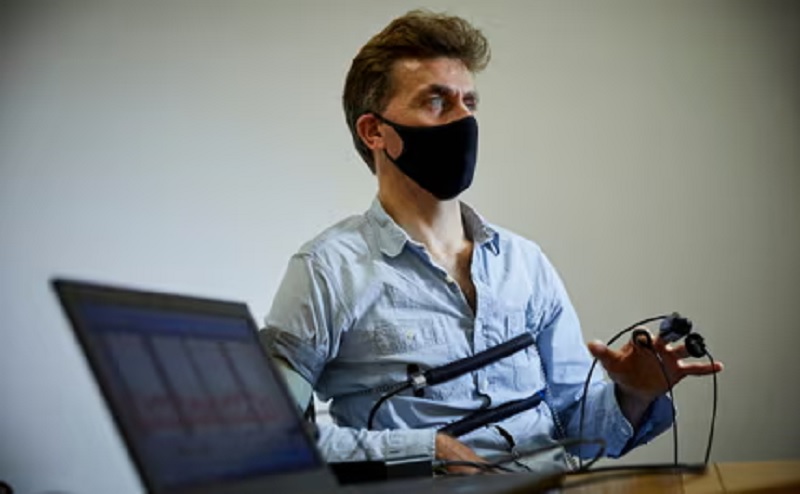The core of polygraph services lies in the principle that certain physiological responses are triggered by experiences of stress or anxiety, associated with deception. The polygraph instrument, a lie detector, is designed to measure and record these physiological changes, providing examiners with data that be interpreted to determine truthfulness or deception.
- Respiration– The lie detector test nyc test on new york measures changes in breathing patterns and the rate, depth, and regularity of respiration man individual experiences stress or anxiety, their breathing patterns or shallow.
- Cardiovascular activity– The polygraph monitors changes in cardiovascular activity, including blood pressure, pulse rate, and blood flow. Deception or stress causes an increase in heart rate, blood pressure, and other cardiovascular responses.
- Electrodermal activity- Galvanic skin response (GSR), this measure detects changes in the electrical conductivity of the skin, which is influenced by sweat gland activity. Increased stress or anxiety causes an increase in sweating, resulting in fluctuations in skin conductivity.
- Muscular activity- Polygraph instruments also measure muscular activity, particularly in the arms and legs, as deception or stress causes involuntary muscle contractions or movements.
These physiological responses are recorded by attaching various sensors and electrodes to the examinee’s body. The data is then displayed on a computer or chart recorder, allowing the examiner to analyze and interpret the patterns.
Questioning techniques
The polygraph instrument measures physiological responses, and the questioning techniques employed by the examiner play a crucial role in eliciting and interpreting these responses. Polygraph examiners use a structured approach to questioning, types of questions designed to establish baselines and identify potential deception.
- Irrelevant questions– These are neutral questions that are not directly related to the issue being investigated. They are used to establish a baseline for the examinee’s physiological responses when answering non-threatening questions.
- Control questions- These are questions that are designed to provoke a physiological response, even if the examinee is being truthful. They are typically related to past misdeeds or wrongdoings and serve as a comparison point for the relevant questions.
- Relevant questions– These are the key questions that directly relate to the issue under investigation. The examinee’s physiological responses to these questions are compared to their responses to the control and irrelevant questions to determine truthfulness or deception.
The examiner will typically present these questions in a specific order and format, carefully observing and analysing the examinee’s physiological responses throughout the process.
Factors influencing polygraph accuracy
While polygraph services provide valuable insights, their accuracy is influenced by several factors. Some of the key factors that impact the reliability of polygraph tests include:
- Examiner expertise– The skill and experience of the polygraph examiner play a crucial role in accurately interpreting the physiological data and conducting questioning techniques poorly trained or inexperienced examiners the results or fail to detect deception.
- Examinee’s physical and mental state– Various physiological and psychological conditions, such as medical conditions, medications, or mental health issues, influence physiological responses, potentially leading to inaccurate results.
- Countermeasures– The individuals may attempt to employ countermeasures, such as controlled breathing or mental techniques, to try to “beat” the polygraph test. While skilled examiners are trained to detect such countermeasures, still impact the accuracy of the results.


